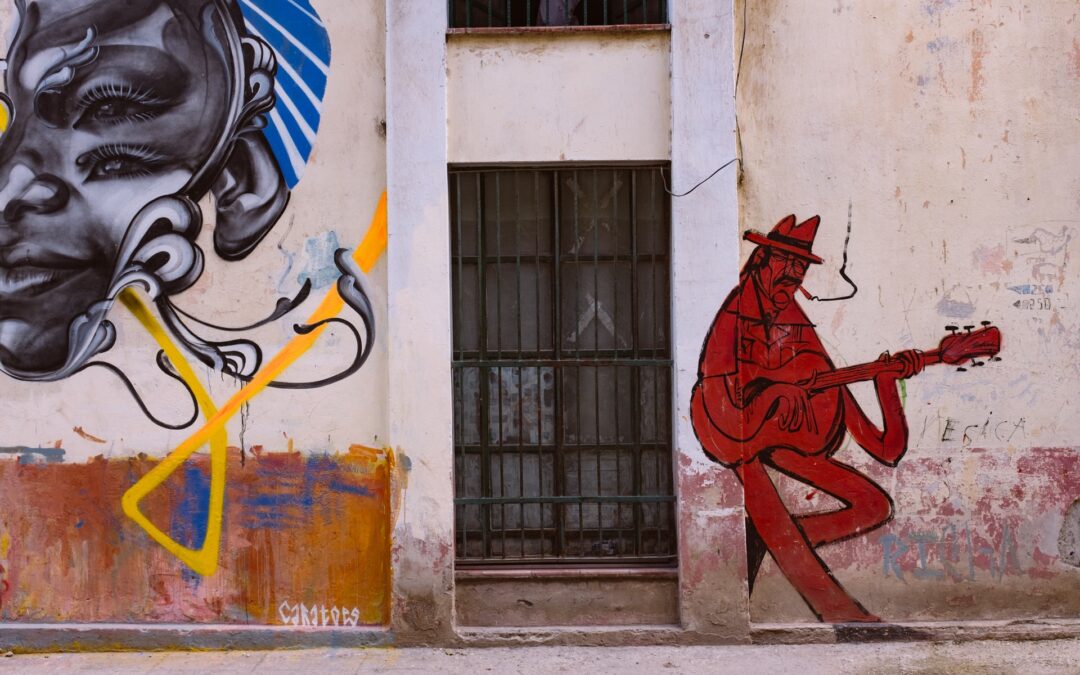Article by MOSAIC
Photo by Ariil Davydov on Unsplash
Introduced as a term 22 years ago (in 1998), by the UK DCMS, the Department of Culture Media and Sports (the British Ministry of Culture), the “Culture and Creative Industries” has arguably become a de facto world standard and a regular feature of cultural policies globally.
Making a long story short, CCI is a new sector of economic activity, merging culture as we know it, music, theatre, other performing and visual arts, heritage, traditions etc, with creative professions such as Architecture, Radio and Television, Design, Software, Gaming, Fashion, Advertisement, creating a dynamic and fast expanding sector based on creativity.
That means that Creativity is almost in everything we do.
It is in the music we listen to, the films we watch, the photographs we take, the clothes we wear, the games we play, even the news we scroll in our devices every day.
Now, why are we interested in or focus on the Cultural and Creative Sector and why do we invest time and resources in order to measure it and valorise its potential? As indicated many times and commonly acknowledged, CCS is one of the most important driving forces of the European Economy and already acknowledged worldwide.
EU is a Leader in the CCI Global Market. The CCS in Europe generates approximately 5.5% of EU GDP which accounts to almost € 535bn of Turnover each year. It employs 7mil employees, showing extremely high levels of resilience during the economic crisis being the only sector that increased its employability.
We always use to take the UK case as an example to demonstrate the results of investing in the Sector from the early stages.
Today, 1 in 8 companies in the UK are considered to be “Creative”. They contribute more than a £100bn of added Value to the British Economy, which is not only an important amount of money, but it is actually digger than the Automotive Sector, the Aeronautics Sector, the Health Professions and the Oil and Gas sector… combined.
As a result, Cultural and Creative Industries are, or should be, a key component of urban and regional social and economic development. The added value that the sector generates, and the employment it creates, the role that it has for city’s branding and general image are issues that put culture and creativity at the very centre of our interest.
Artists and Creative Professionals are the backbone of the Industry and the heart that makes the entire sector thriving. Many surveys have proved that the CCI in Europe are characterised by self-employment, small- and micro-enterprises, and cultural and artistic diversity. Artists and creative professionals tend to have project-based careers and a high degree of mobility (both geographical and intersectoral), while they often have an irregular and unpredictable income and combine several jobs to earn a living. Innovation is particularly driven by individual artists, creators and small cultural institutions, whose value creation is mainly based on intangible assets, such as original ideas, know-how and creativity. In order to increase Europe’s competitiveness and to stimulate innovation, Europe must build on its creative and cultural assets.
This is what we are targeting with the CreatEU project. We want to increase the creatives’ entrepreneurial capacity, develop innovative and tailor-made tools to improve their competences in management, funding and fundraising, marketing and networking, in order to increase the profitability and the sustainability of their activities and projects.
Stay tuned.

